
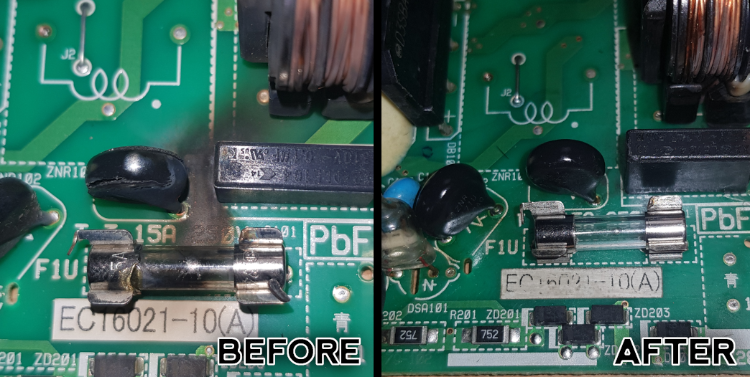
Date posted:
MCI received a circuit board which was damaged because a joiner had put a nail through the power cable of an air conditioning unit. As you can see from the scorch marks, the board was in bad shape by the time it reached us. MCI removed the damaged component, cleaned…
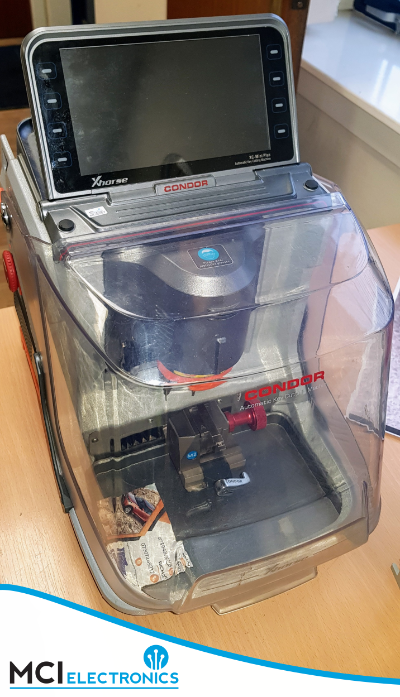
Date posted:
MCI has a long history of keeping businesses going. Whether you are a multinational company or an artisan establishment, we can help you. Here we helped a customer that had a key cutting machine with a broken screen. Large or small, MCI fixes it all. Call us on 01324 611371.
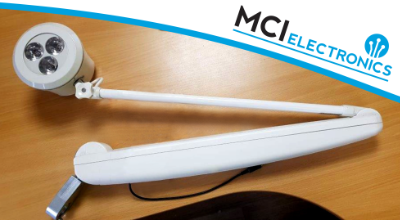
Date posted:
As you know, MCI are big animal lovers, and it was a real pleasure to help a local vet in need with a broken inspection lamp. A small yet essential piece of kit, it stopped working and, when they contacted the suppliers, they could only supply a new one. Not…
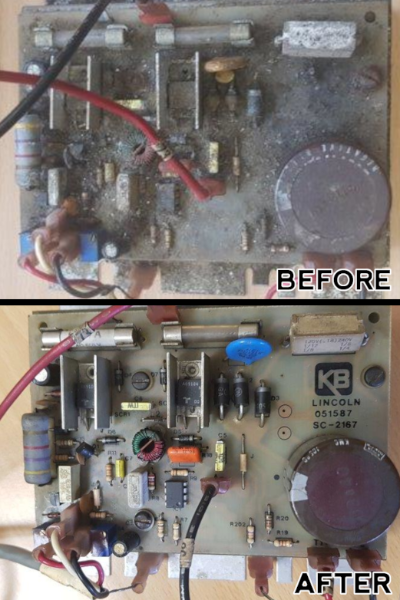
Date posted:
MCI received a broken circuit board from a food manufacturer’s machine. The conveyor belt in an oven had stopped working and the circuit board was in quite a state! MCI tested and repaired the damaged parts. MCI Electronics has been working with food manufacturers for over a decade and we…
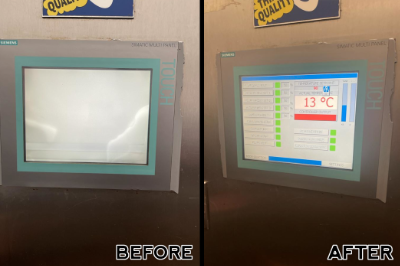
Date posted:
One Saturday afternoon, MCI received an urgent call from a new client. Their HMI display had gone blank and they needed it back up and running the very next day, before their night shift started. MCI went to site and examined it. There was an internal fault in the display.…

Date posted:
After an old extraction pulser panel had started to fail, our client asked us to manufacture an up-to-date panel. We used a stainless-steel panel as it was going outside and updated the controls and parts. The new panel can now also control multiple extension panels, thus reducing the cost of…

Date posted:
MCI had a client with a faulty variable speed drive (VSD) in a high production machine and approached us to see if we could assist. We checked our stock in our warehouse and found that we had a replacement VSD available. However, it was a different type of drive. MCI…

Date posted:
A new client approached MCI with ten of these roll forming machines, which had various electrical issues. Despite having very little information about them, we were able to repair the machines and get them back to working order. MCI is now working on upgrading the obsolete electrical control panels. Upgrading…
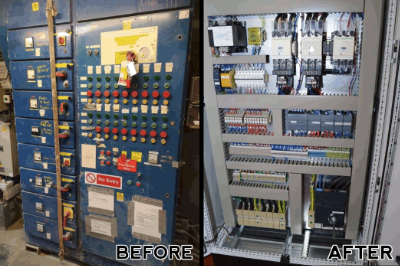
Date posted:
MCI’s client had problems with their old control panel as components were failing. MCI made a bespoke and updated version of the control panel. The panel was modified to make the process automated instead of each stage being manual. This simplified the process and increased efficiency. Services We Provide MCI…

Date posted:
MCI refurbished this 30 year old diesel compressor panel from a large petrochemical manufacturer. We replaced the old rusty enclosure with a new stainless-steel model to make it more resistant to constantly being outside. We then replaced the worn-out parts. See how MCI can refurbish your machinery by calling 01324…